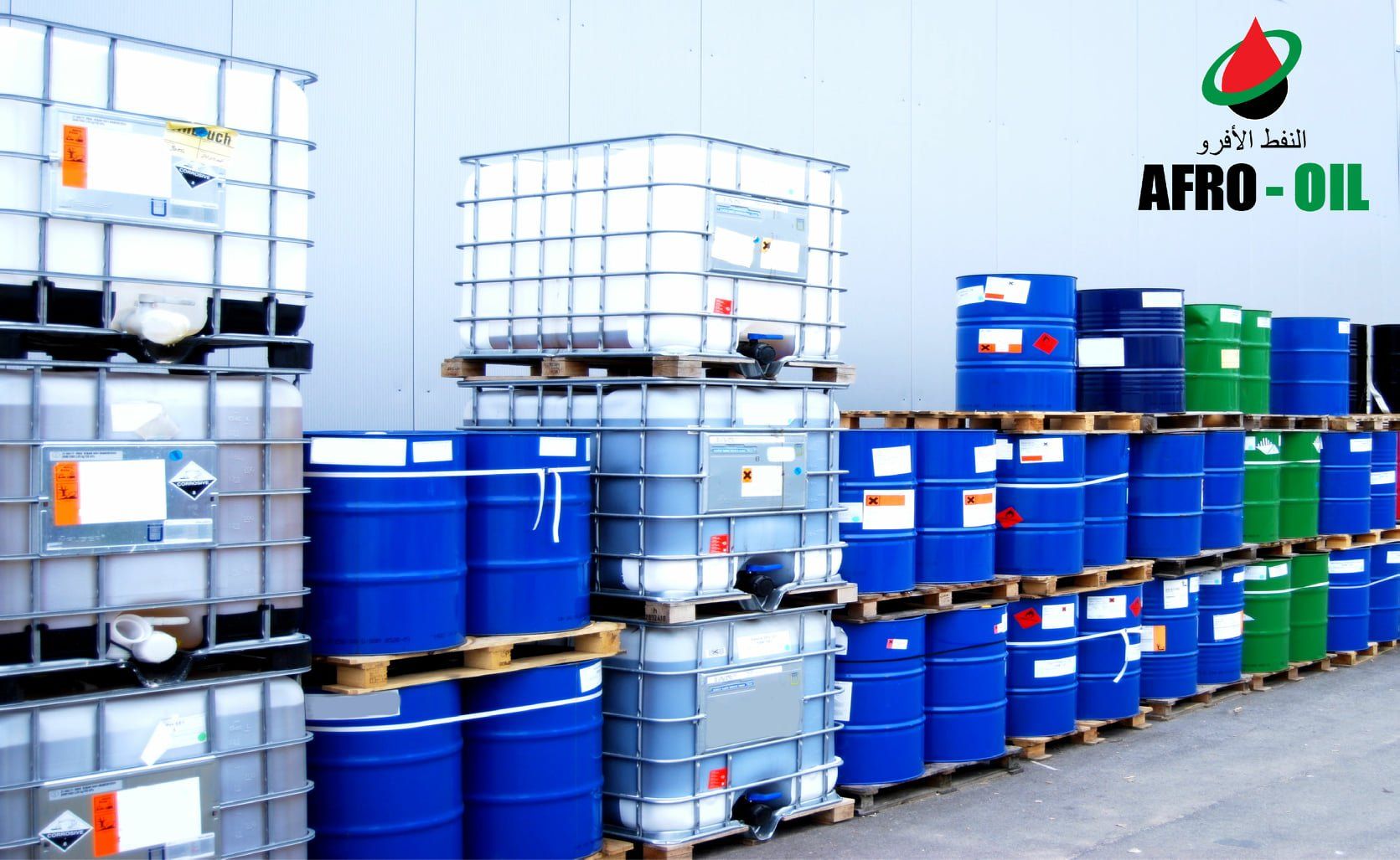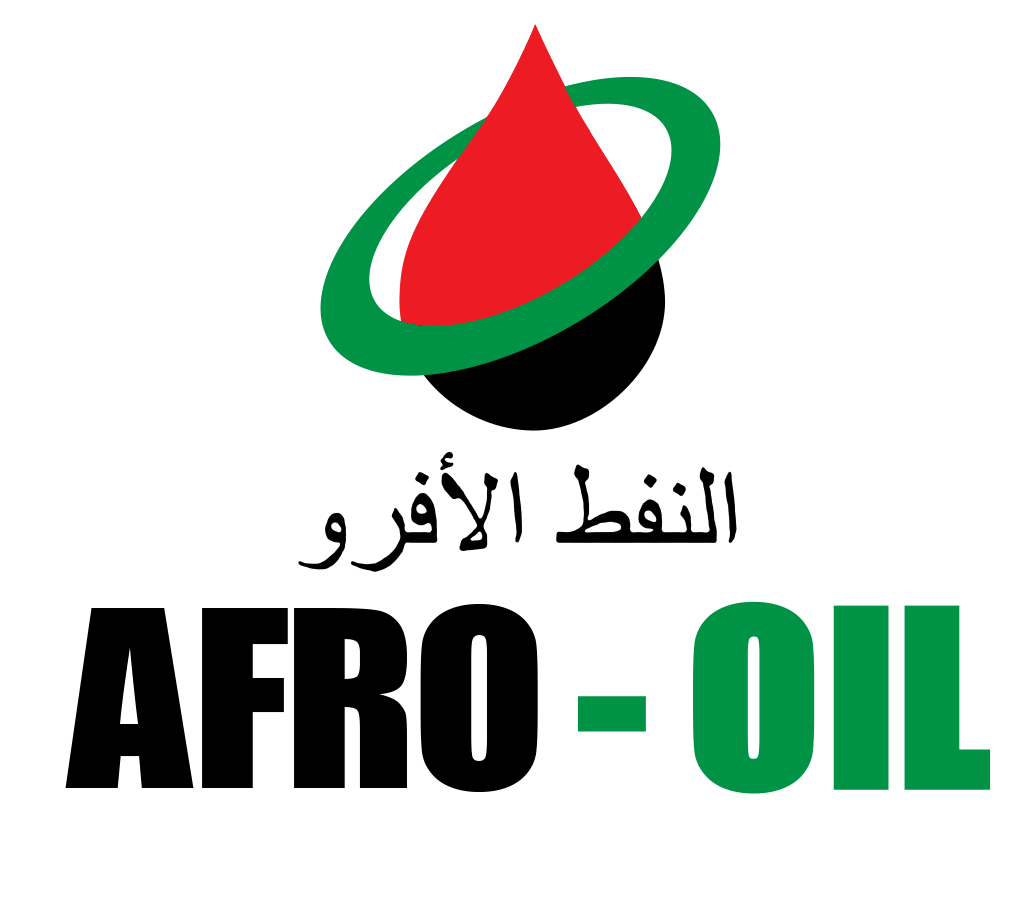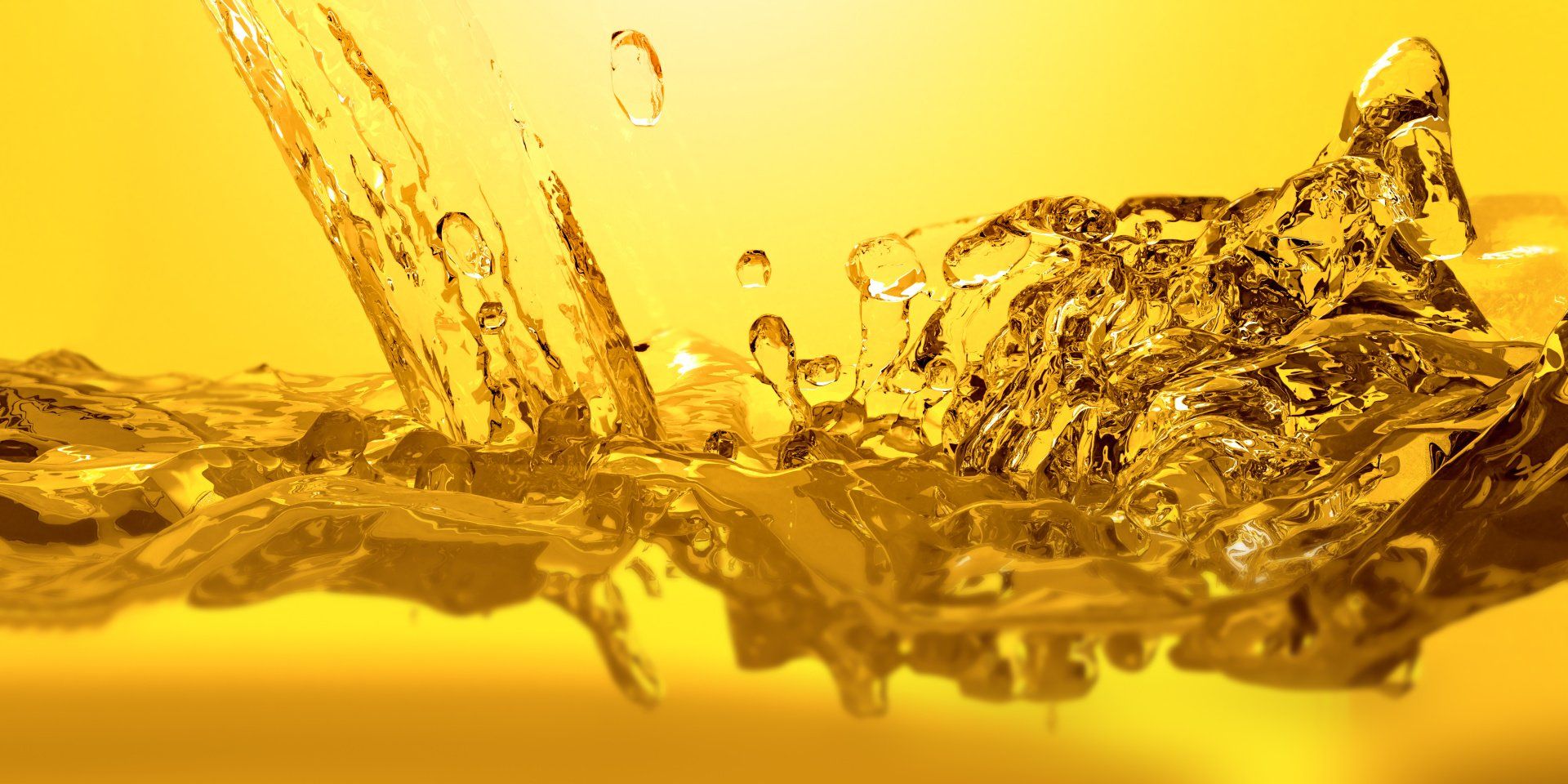Used engine oil Pollution
Disposing of used motor oil the wrong way has the potential to pollute the environment.We need to recover and recycle as much of it as possible.
Used motor oil is hazardous
Motor oil picks up a variety of hazardous contaminants when used in engines and transmissions. These contaminants include lead, cadmium, chromium, arsenic, dioxins, benzene and polycyclic aromatics. If used motor oil and the contaminants it contains are disposed of inappropriately and released into the environment, they can harm humans, plants, animals, fish and shellfish.
In water, oil is a visible pollutant, floating as a scum on the surface. This oil scum can stop sunlight and oxygen from getting into the water, affecting fish and water plants. It can kill fish, frogs and other animals that breathe from the water's surface.
Low temperature burning of used oil can create airborne pollutants that can get into people's lungs and have adverse health effects.
Used motor oil can be recycled
Oil doesn't wear out; it just gets dirty. Used oil can be cleaned, re-refined and used again and again.
Used motor oil can undergo various treatments and then be used as an industrial burner fuel, or re-refined back into new lubricating and hydraulic oil. More information about the processing of used oil is available at: www.oilrecycling.gov.au/what-happens.html
Appropriate disposal
Used motor oil is a valuable resource. If it is disposed of at a used oil collection facility, it can be recovered and re-used, without posing a threat to humans or the environment.
No other substances should ever be allowed to mix with used oil. Contamination by water or other chemicals may mean the used oil can't be recycled.

Contact Us
afrolube@gmail.com
Useful links


